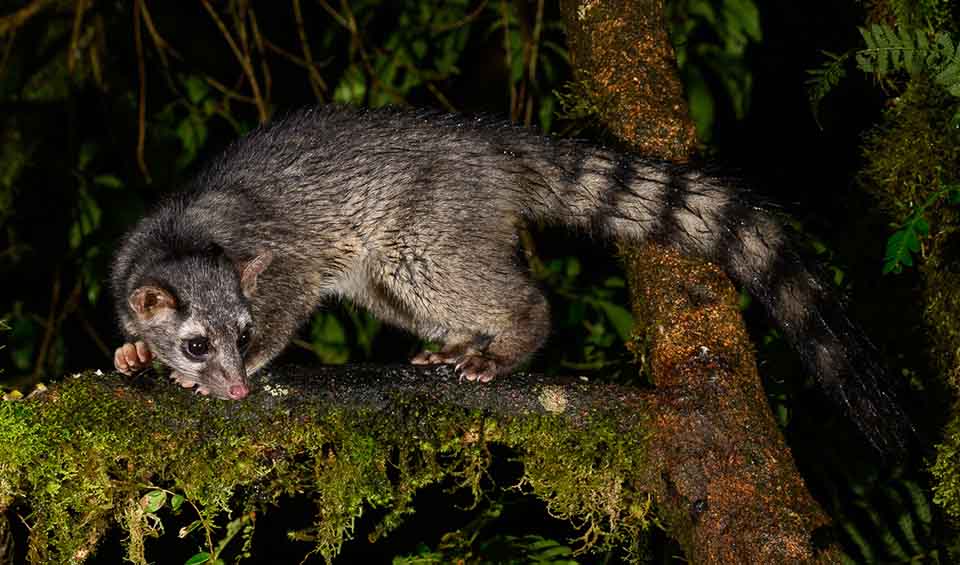Bassariscus – Ringtails
'Bassaris' is a Greek word for 'fox', but they are not related to foxes
The genus Bassariscus, encompassing the Ringtail (Bassariscus astutus) and the Cacomistle (Bassariscus sumichrasti), presents a fascinating case study in the adaptability and diversity of small carnivores in the Americas. This genus, which also includes two extinct species, Bassariscus sonoitensis and Bassariscus casei, showcases the evolutionary journey of these animals and their significance in their respective ecosystems. Genetic studies have elucidated the close relationship between Bassariscus and raccoons, indicating a divergence approximately 10 million years ago, highlighting a long history of adaptation and survival.
Members of this genus are notable for their distinctive physical appearance, characterized by agile bodies, long tails adorned with black rings, and a masked facial pattern reminiscent of their raccoon relatives. These traits not only contribute to their charismatic presence but also provide camouflage and signaling mechanisms within their nocturnal and arboreal lifestyles. Inhabiting the southwestern United States down to Central America, these species occupy a range of habitats from arid deserts to dense cloud forests, demonstrating remarkable ecological flexibility.
As omnivores, Bassariscus species exhibit a broad diet that includes insects, small vertebrates, rodents, and a significant amount of fruits and berries. This varied diet allows them to adapt to the availability of food sources in their environments, making them integral components of their ecosystems as both predators and seed dispersers. Their foraging behavior, primarily nocturnal, involves climbing and leaping among trees with agility, utilizing their long tails for balance and coordination.
Bassariscus species are predominantly solitary animals, with social interactions mainly occurring during the breeding season. This solitary nature underscores a lifestyle adapted to minimizing competition for resources and maximizing reproductive success. Mating season triggers a fascinating array of behaviors as individuals seek out partners, after which they return to their solitary ways, with females taking on the responsibility of raising the young.
Species in this genus
Cacomistle
The common name “Cacomistle” means “half mountain lion” or “half cat” in the Nahuatl language, but they are relatives of raccoons
Ringtail
”Bassaris” is a Greek word for fox, but they are not related to foxes



